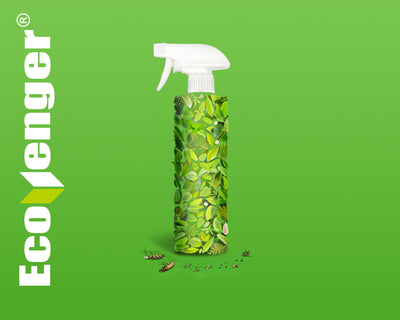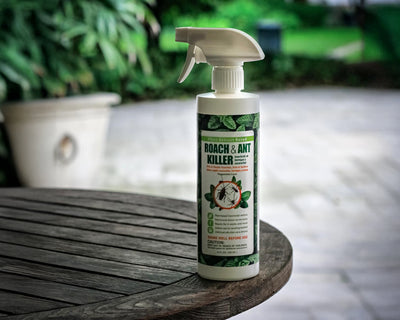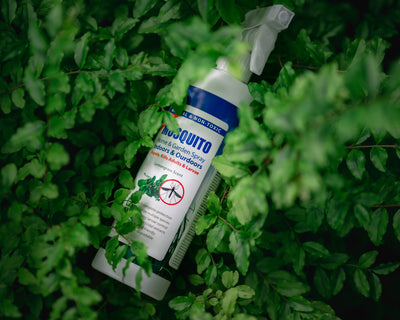At first glance, you might overlook the tiny, slow-moving pests on your plants or around your home. Don’t be fooled by their small size—red spiders, or red spider mites, can cause significant problems. These quiet invaders are masters of disguise, feeding on plants and creating infestations that can be challenging to manage.
Red spiders are among the most common pests found in gardens and homes. By understanding their behavior, identifying their hiding spots, and learning how they infiltrate your space, you can take effective steps to manage and prevent infestations. In this guide, we’ll explore what red spiders are, where they hide, and provide eco-friendly solutions using EcoVenger products to keep your home and garden red spider-free.
What Are Red Spiders?
Red spiders are not true spiders but a type of mite known as spider mites. They belong to the family Tetranychidae, with the red spider mite (Tetranychus urticae) being one of the most common species. Despite their tiny size, these pests can cause significant damage to plants and become a nuisance in and around your home.
Key Characteristics of Red Spiders:
-
Size: Extremely small, about 0.5 mm long.
-
Color: Red, orange, or sometimes greenish depending on their lifecycle stage.
-
Habitat: Prefer warm, dry environments.
How Do Red Spiders Affect You?
While red spiders are not directly harmful to humans or pets, their impact can still be significant:
-
Damage to Plants: Red spider mites feed on plant sap, leaving yellow or white speckles on leaves. This feeding weakens plants, causing leaves to curl, dry out, and eventually drop.
-
Reduced Aesthetic Value: The fine webs they create on plants can make gardens or houseplants look unkempt.
-
Stress to Homeowners: Dealing with a heavy infestation can be overwhelming, especially for avid gardeners or plant enthusiasts.
Where Do Red Spiders Hide?
Red spiders thrive in warm, dry environments and often hide in less noticeable spots. Common hiding places include:
-
Garden Plants: Found on the undersides of leaves on ornamental plants, vegetables, and fruit trees.
-
Indoor Plants: Houseplants such as ivy, palms, and ferns are frequent targets.
-
Outdoor Structures: Red spiders may be seen on patio furniture, fences, or other outdoor surfaces near infested plants.
-
Windowsills and Door Frames: If they’ve made their way indoors, these areas are typical spots to find them.
How to Prevent and Manage Red Spider Infestations
Managing red spiders requires consistent effort and eco-friendly solutions. Here are some practical steps:
-
Inspect and Quarantine New Plants: Check for red spider mites before introducing new plants to your garden or home.
-
Maintain Humidity: Spider mites prefer dry conditions. Increasing humidity around your plants can help deter them.
-
Wash Plants Regularly: Use a strong stream of water to rinse red spiders off plants, especially on the undersides of leaves.
-
Eco-Friendly Pest Control: Apply natural solutions like EcoVenger® products to eliminate red spiders effectively and safely.
-
Introduce Natural Predators: Ladybugs, predatory mites, and lacewings are effective in controlling red spider populations in gardens.
-
Remove Infested Plants: For severe infestations, disposing of heavily infested plants might be necessary to protect others.
How to Treat for Red Spiders (Spider Mites) with EcoVenger & ZingZap
EcoVenger Garden Insect Killer (16 oz): A highly effective solution for managing red spider mites on your plants. This eco-friendly, plant-based formula targets garden insects including spider mites on contact, providing safe and reliable pest control for flowers, houseplants, shrubs, and more. Designed for both indoor and outdoor use, the Garden Insect Killer ensures thorough coverage, especially on the undersides of leaves where spider mites commonly hide. Its non-toxic formula is safe for use around children and pets, making it an ideal choice for maintaining a healthy, pest-free garden without harmful chemicals. Regular application can also help prevent future infestations, offering long-lasting protection for your plants.



